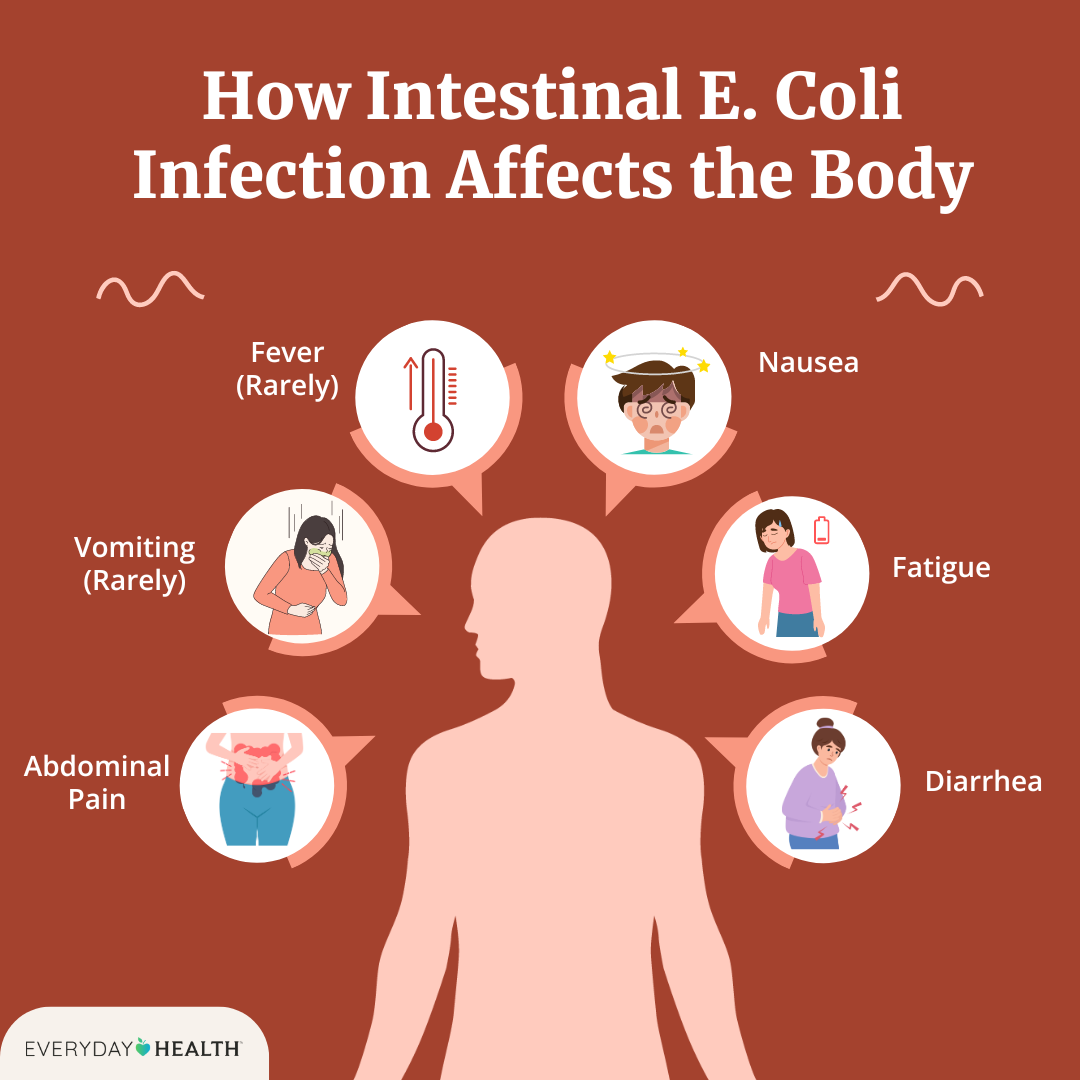In recent news, an E.coli outbreak linked to lettuce has affected over 200 people, raising concerns about the safety of consuming salad greens. Here’s a breakdown of the situation and practical advice to keep informed without triggering any undue alarm:
How Did the Outbreak Occur?
According to Professor Jim Monaghan, a crop science expert, contamination of lettuce leaves with E.coli can occur through two main pathways. Firstly, direct contamination can happen if lettuce comes into contact with manure carrying the bacteria. Alternatively, indirect contamination may occur when E.coli from soil or water sources transfers to the lettuce during growth.
Preventative Measures Taken by Farmers
Farmers mitigate these risks by adhering to strict protocols. For instance, fields fertilized with manure must undergo a year-long waiting period before planting lettuce. Moreover, irrigation water is rigorously tested for E.coli presence to ensure it meets safety standards suitable for crop irrigation.
Is It Safe to Eat Lettuce?
Despite the outbreak, Professor Monaghan maintains his confidence in UK growers' management practices. He personally continues to purchase and consume lettuce based on the assurance that contaminated products have likely been removed from the supply chain. Additionally, stringent sampling practices across the production chain help monitor and mitigate any potential risks.
Effectiveness of Washing Lettuce
When it comes to food safety at home, rinsing lettuce can reduce surface contamination to some extent. However, it’s important to note that washing alone may not entirely eliminate bacteria like E.coli. Industrial processes involving rinsing and chlorination in manufacturing facilities are more effective in reducing bacterial levels before packaging.
Impact of Weather Conditions
The recent damp weather in the UK and other lettuce-exporting countries like Spain, Italy, and France can contribute to conditions favoring bacterial survival. Unlike sunny days that facilitate drying and UV radiation, overcast weather increases the likelihood of prolonged moisture on lettuce leaves, potentially aiding bacteria survival.
Challenges in Tracing the Source
Identifying the exact source of contamination in such cases proves challenging due to several factors. Products involved in the outbreak represent only a small portion of the market, and their short shelf life further complicates investigation efforts. Despite rigorous testing, no E.coli was found in recalled products, suggesting the contaminated batches have likely been consumed or removed from shelves.
Conclusion
While the E.coli outbreak linked to lettuce is concerning, it’s essential to approach the situation with informed caution rather than fear. By understanding the pathways of contamination and the measures in place to safeguard food production, consumers can make educated choices to minimize risks. Regular updates from health authorities and adherence to food safety guidelines remain crucial in ensuring the well-being of all.

source : https://maxanim.com/

